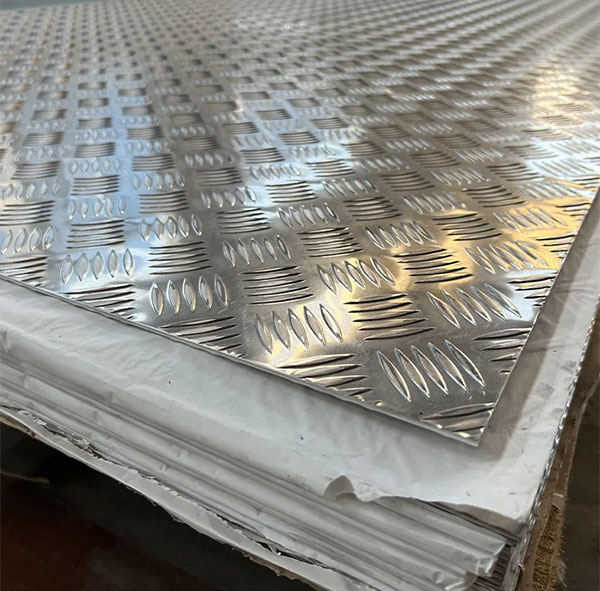Choosing a high-quality Diamond Tread Aluminum Plate involves considering several key factors. Meisitu Aluminum will give you guide to help you make the right choice:
Alloy Type: Aluminum tread brite diamond plates are available in various alloy types, such as 3003, 6061, and 5052. Each alloy has its strengths and weaknesses, so choose the one that best suits your specific application requirements in terms of strength, corrosion resistance, and weldability.
Thickness: Consider the required thickness based on the application. Thicker plates offer greater strength and durability, but they are also heavier. For flooring or high-traffic areas, thicker plates are preferable, while thinner plates may be suitable for decorative or lightweight applications.
Pattern Size: The size and depth of the diamond pattern can vary. Assess the pattern size and ensure it offers the desired grip and slip resistance for your intended use. Larger patterns typically provide better traction.

Surface Quality: Examine the surface of the plate for any visible defects, scratches, or irregularities. High-quality aluminum tread brite diamond plates should have a smooth and uniform surface without significant blemishes.
After-sales: Reliable and perfect after-sales can make your use without worries.
Manufacturing Standards: Look for plates that meet industry standards and specifications, such as those set by the American Society for Testing and Materials (ASTM) or other relevant authorities. These standards ensure the plate’s quality and performance.
Finish and Appearance: Consider the finish and appearance you desire. Some plates may have a bright reflective finish, while others may be more matte.
Supplier Reputation: Purchase from reputable suppliers or manufacturers with a track record of delivering high-quality products. Read reviews and seek recommendations from other customers or industry professionals.

Certifications: Check if the aluminum tread brite diamond plate comes with certifications, such as ISO 9001, which indicate adherence to quality management standards.
Price: Price is a factor to consider, but not as cheap as possible, cheaper options may not always meet the required standards and might compromise on quality. Balance cost with the other factors mentioned above.
Customization: If your project demands specific sizes or custom designs, check if the supplier offers customization services.
Technical Support: Ensure the supplier provides technical support or assistance if needed, especially for complex projects or installation processes.
Testing and Quality Control: Find out if the supplier conducts rigorous testing and quality control measures on their products. High-quality manufacturers typically perform various tests to ensure the plate’s mechanical properties, surface quality, and overall performance meet or exceed industry standards.
Packaging and Shipping: Check how the plates are packaged and shipped to ensure they arrive in good condition. Adequate packaging protects the plates from damage during transportation.
